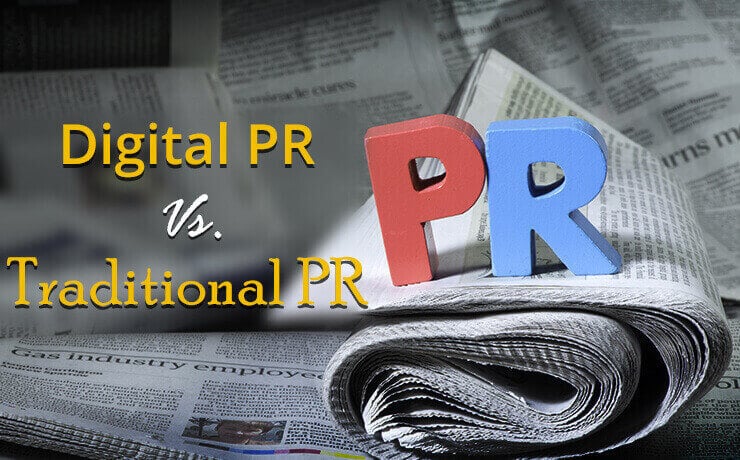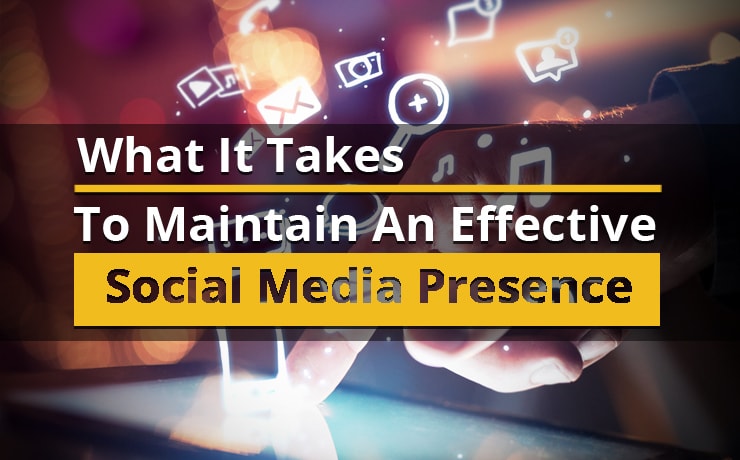Digital PR vs. Traditional PR

Chad Faith
Director of Content

In a nutshell, public relations comprise a range of communication techniques aimed at building beneficial relationships between a business and persons who deal with it such as customers, the public and other firms. Public relations can be applied to businesses, individuals and even brands. The goal is to put the target in good light with the target demographic, so that they can then have a mutually beneficial relationship.
A business that has good PR in the community is likely to have more customers and individuals who are willing to provide goodwill to the company. In light of the digital revolution, all these can also be done digitally, which relegates older PR campaigns to be known as traditional PR. There are several differences between digital PR and traditional PR that you may need to understand in order to use them effectively.
The Main Elements of Traditional PR
Traditional public relations involve media tactics that are usually diverse. Some of these include coordination of events, trade shows, sponsorship, reputation management and press releases. Some of these can be used for individuals rather than being the sole domain of companies and businesses. Television and radio are usually heavily used in traditional public relations, and the service is usually outsourced to firms that specialize in providing such services. These are usually marketing and advertising firms.
Pros and Cons of Traditional PR
Traditional PR can be effective in creating brand awareness such as when one is launching a new product. One of the downsides of traditional PR is the fact that getting the metrics that determine operational success can be difficult. For instance, when a press release is printed, the only solid information is how many people bought the publication that had the press release. Getting more detailed information such as how many people went through the press release is far more difficult. Another negative aspect is that it also takes a lot of lead time, and expected results may not be apparent for a long time.
Digital PR
The aims of digital PR are more or less the same as those of traditional PR. However, the tools used and the timelines involved in this field are very different. Many tactics in digital PR are similar to those of traditional PR. An added benefit of digital PR is that when done right, it will positively affect SEO, as well as build links with different sites including social media platforms across the globe.
Main Differences of Digital PR and Traditional PR
For digital PR, there are many easy to use and instantly available metrics that help determine the effectiveness of the campaign. It’s also possible to do digital PR with the help of people who carry a lot of weight in the digital space, particularly influencers and famous bloggers. They usually have a greater reach and loyal following; using them is a good idea. Investing high quality bloggers and social media influencers can produce very good results, as long as you take the time to identify and work with only the best.
Another difference that digital PR has is the fact that it provides many digital platforms for businesses to launch their PR campaigns.
Which Option Should You Choose?
Picking between traditional and digital PR can be difficult even for marketing professionals. The best way to figure it out is to develop your company’s goals, and then figure out if a PR strategy would be more successful in the digital space or not. In many cases, both PR methods are combined for excellent results.
 Free
Consultation
Free
Consultation Free
Google Ads Audit
Free
Google Ads Audit







